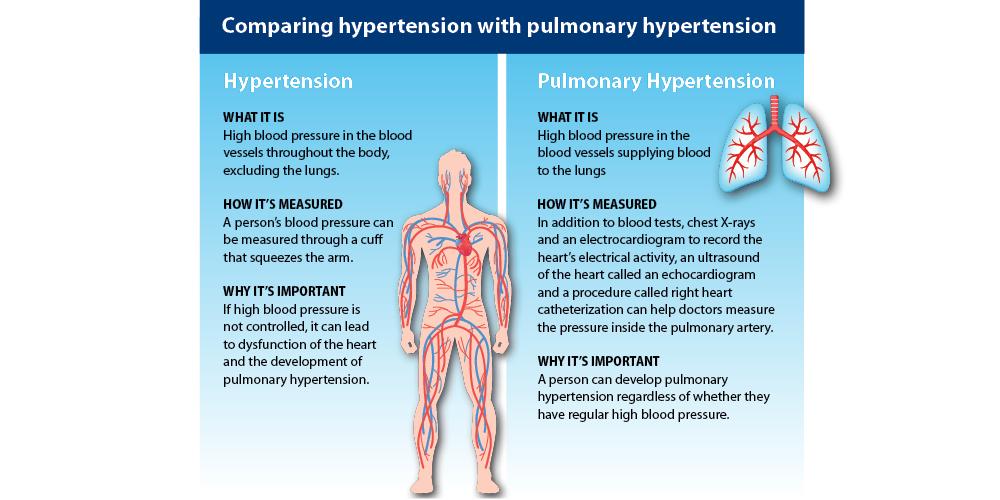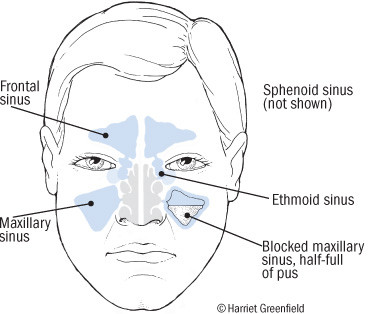Persistent neck pain can be both debilitating and perplexing. This discomfort can arise from a variety of sources, and understanding these can be key to finding relief. Acute pain is often linked to tissue injury and is known as nociceptive pain. On the other hand, chronic pain, termed neuropathic pain, may originate from a damaged or irritated nerve, with the pain signals eventually emanating from the brain. For further details on this, the Harvard Health article “Stopping pain before it turns chronic” offers more information Harvard Health.

Surprisingly, even sleeping can contribute to neck pain. Incorrect sleeping positions, such as sleeping on the stomach or side without proper support, can strain neck muscles, leading to discomfort. Stomach sleeping forces the head to be turned to one side, while inadequate support while side sleeping can push the neck toward the shoulder. These positions, if maintained for hours, can lead to muscle strain and pain. More information on this can be found in the article “Surprising causes of neck pain” from Harvard Health.
The structures of the neck are tasked with supporting the weight of your head. Various factors can cause neck pain, and even without a specific diagnosis, modern treatments can effectively alleviate this discomfort. For a comprehensive guide on this, check out “Neck Pain: A troubleshooting guide to help you relieve your pain, restore function, and prevent injury” by Harvard Health.
Muscle pain in the neck and shoulder area can result from overexertion or prolonged physical or emotional stress. This can lead to the formation of hard knots in the muscles, known as trigger points, which are tender to the touch. To prevent further episodes of neck pain, it’s important to avoid bad posture and other harmful habits. For more insights, refer to “How to soothe a sore neck” from Harvard Health.
In some cases, neck pain can indicate serious health issues. For instance, a cervical artery dissection presents with unusual, persistent neck pain, often accompanied by a severe headache. The pain may spread from the neck to the outer corner of the eye or feel like a sharp object stuck in the base of the skull. Understanding these symptoms is crucial, as detailed in “When a pain in the neck is serious” from Harvard Health.
Lastly, not all neck pain has a clear cause. Neck-related headaches, for instance, are often dull or aching and felt in the back of the head and upper neck, usually due to muscle tension or spasms. Facet joint pain is another type of neck pain that can be mysterious in its origins. For more on this, see “The 7 faces of neck pain” at Harvard Health.
In conclusion, while neck pain can stem from various causes, understanding these factors is the first step towards effective treatment and prevention. Proper posture, sleeping positions, and stress management are key elements in maintaining neck health and avoiding chronic pain.


